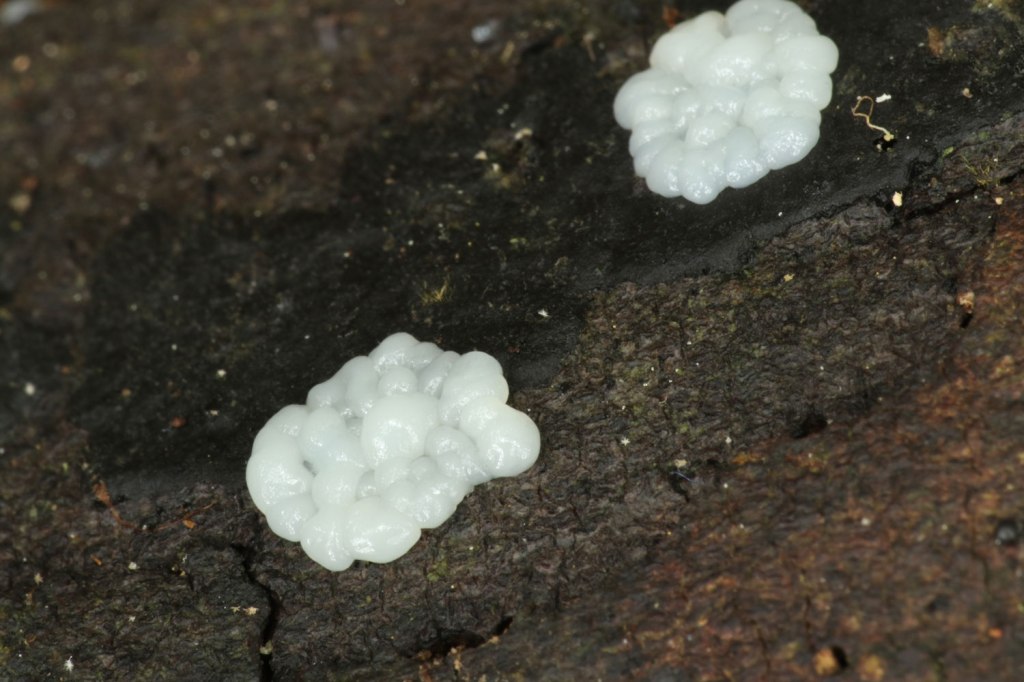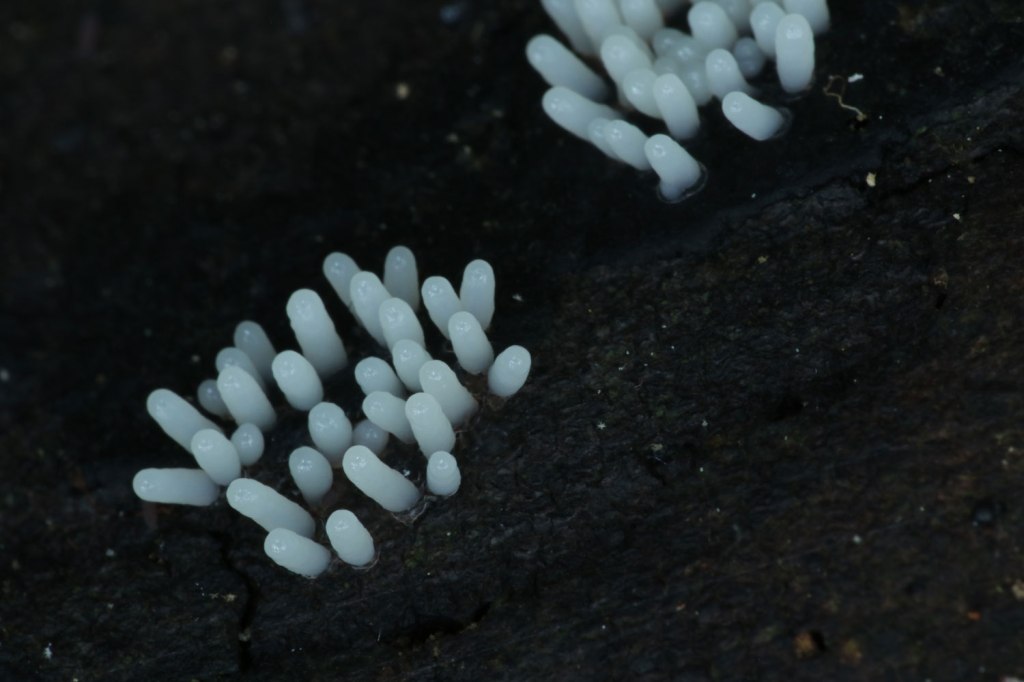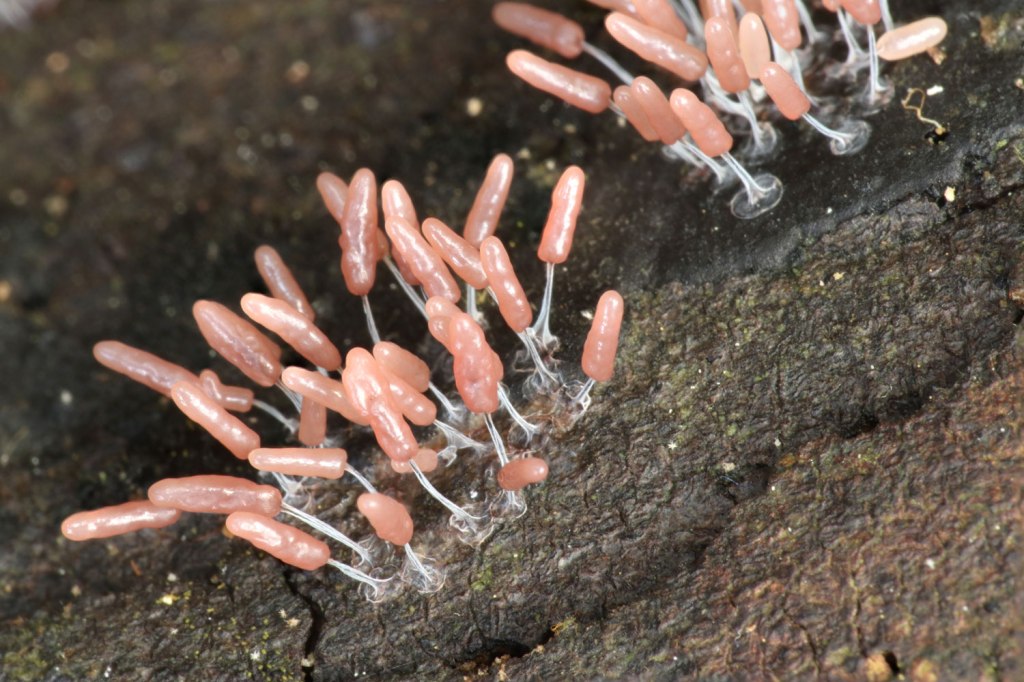Every year after winter rain has saturated small and large logs in the eucalypt forest, I search for the year’s ‘hotspot’ where several species appear in close proximity on the same substrate. In 2018 the most productive log was a Bedfordia salicina, a small endemic understorey tree in the Asteraceae family.
Pomaderris apetala (Rhamnaceae), another understorey tree common in wet forests in Tasmania, was the hotspot log in 2019. Its rapid decay is hastened by the actions of Yellow-tailed Black-Cockatoo that tear the bark from the wood to access the numerous invertebrates that live within the logs.
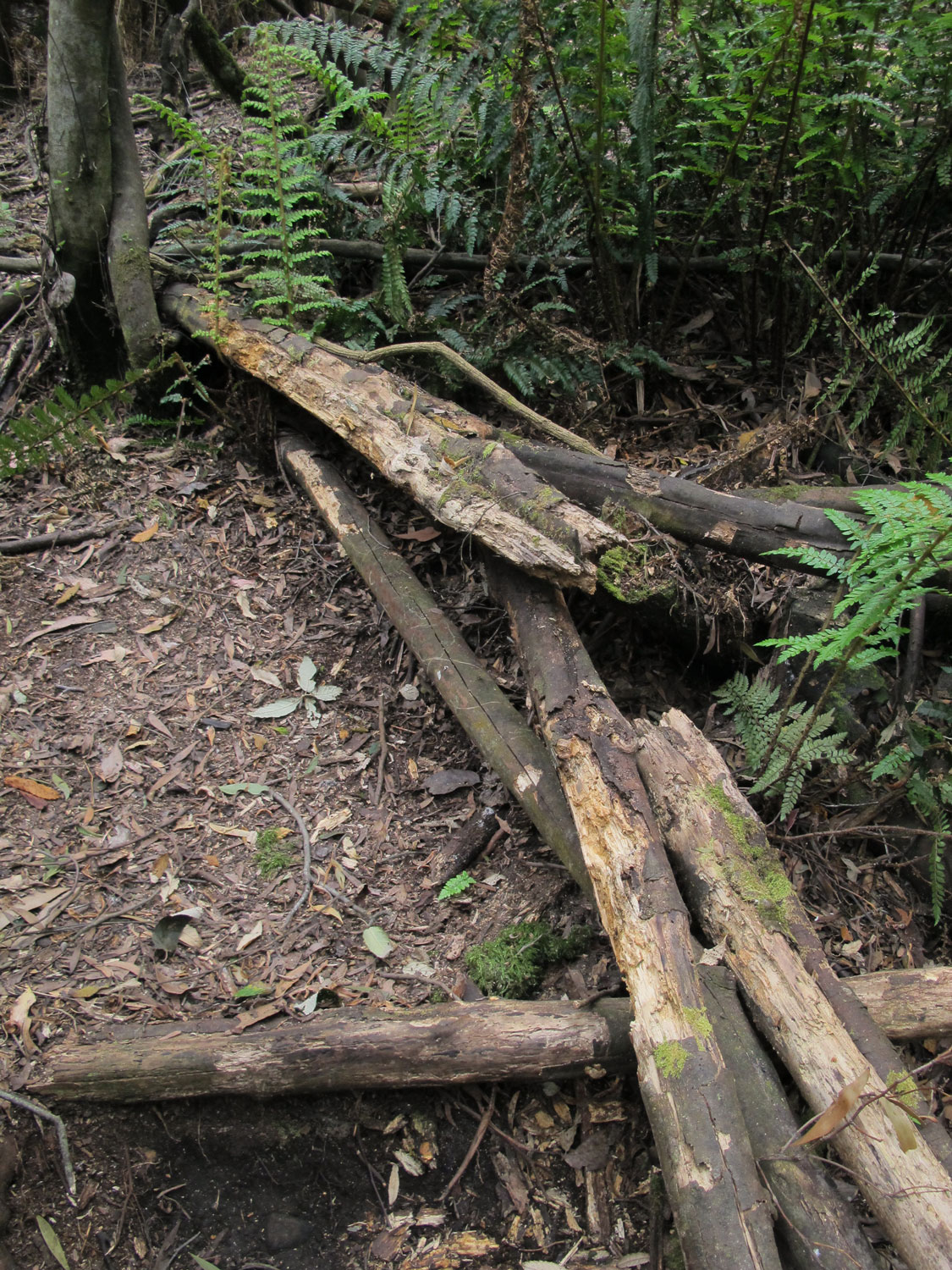

I attempted to obtain a photographic record of all the species by visiting the log at least once each day. However, I was absent from my study site in August and possible missed some developing sporangia.
Ten species of myxomycetes appeared on the log between 4 June and 9 October 2019 including Badhamia utricularis, Arcyria affinis, Arcyria leiocarpa, Physarum album, Trichia decipiens, Metatrichia floriformis, Physarum viride, Clastoderma debaryanum, Stemonitopsis typhina and Stemonitis smithii.
There were several flushes of B. utricularis, A. affinis, P. album, T. decipiens, C. debaryanum and S. typhina.






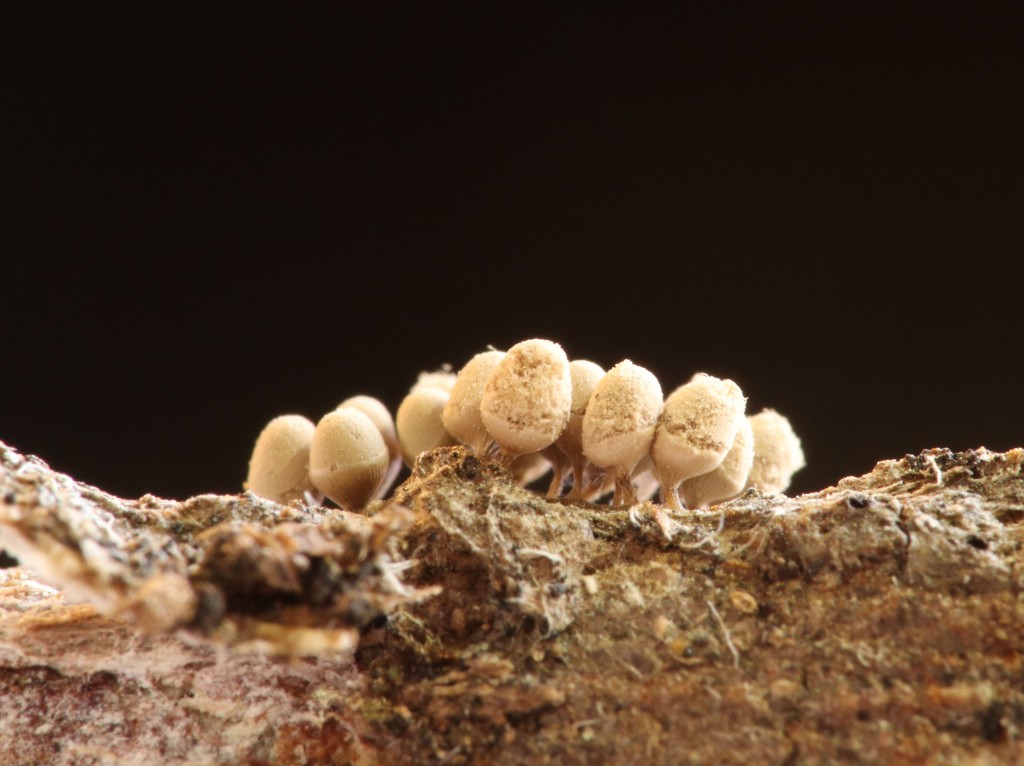


19 September 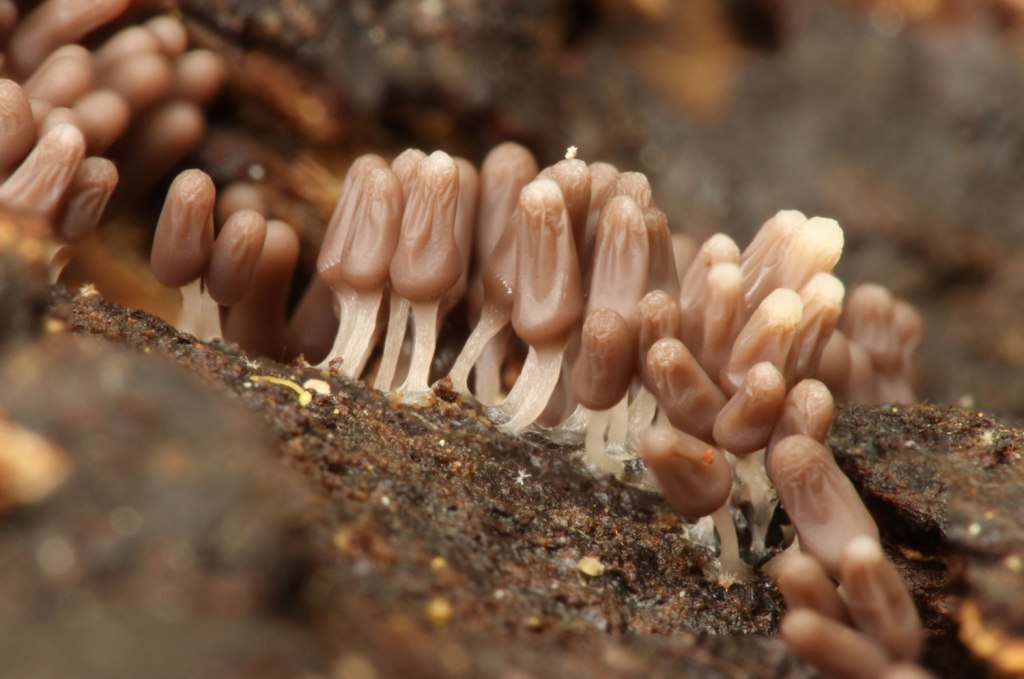
20 September 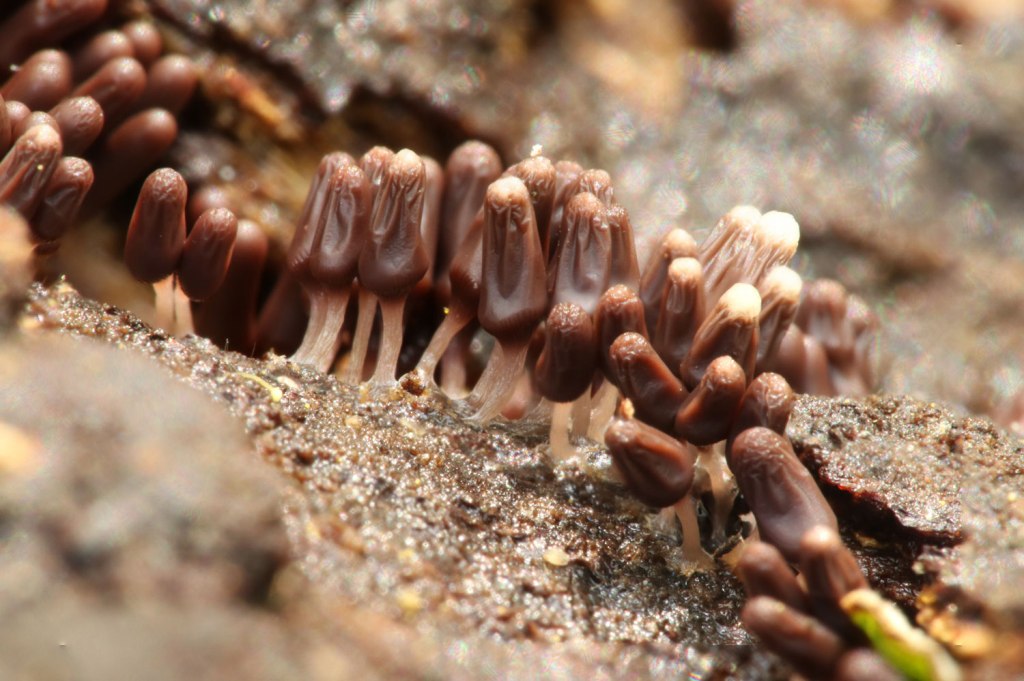
21 September 
23 September 
24 September 
26 September

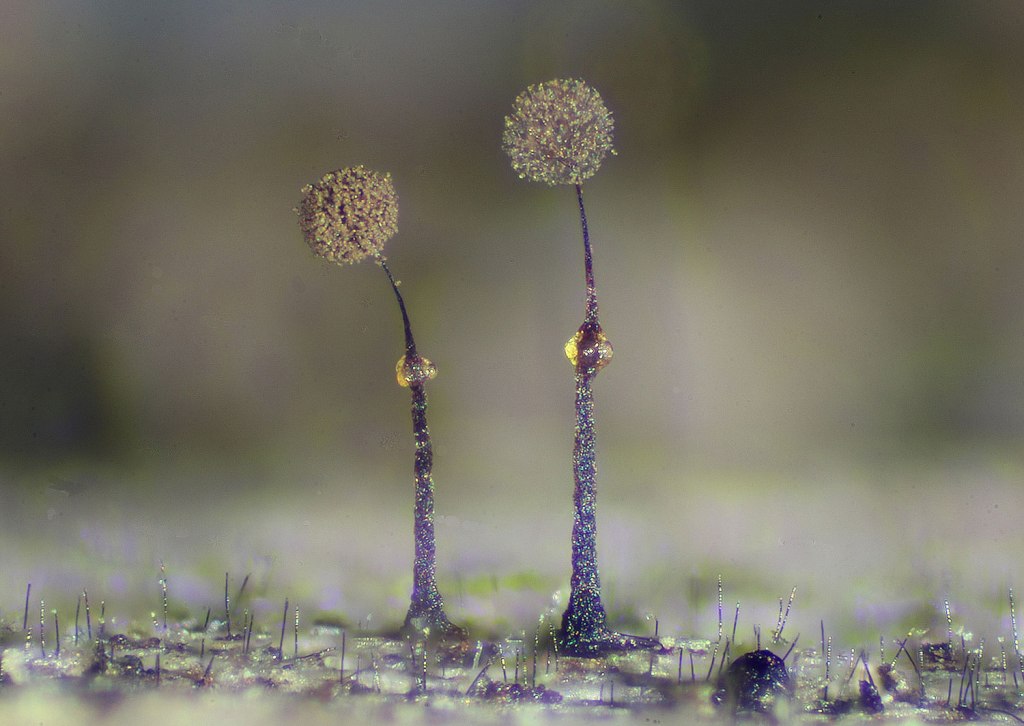
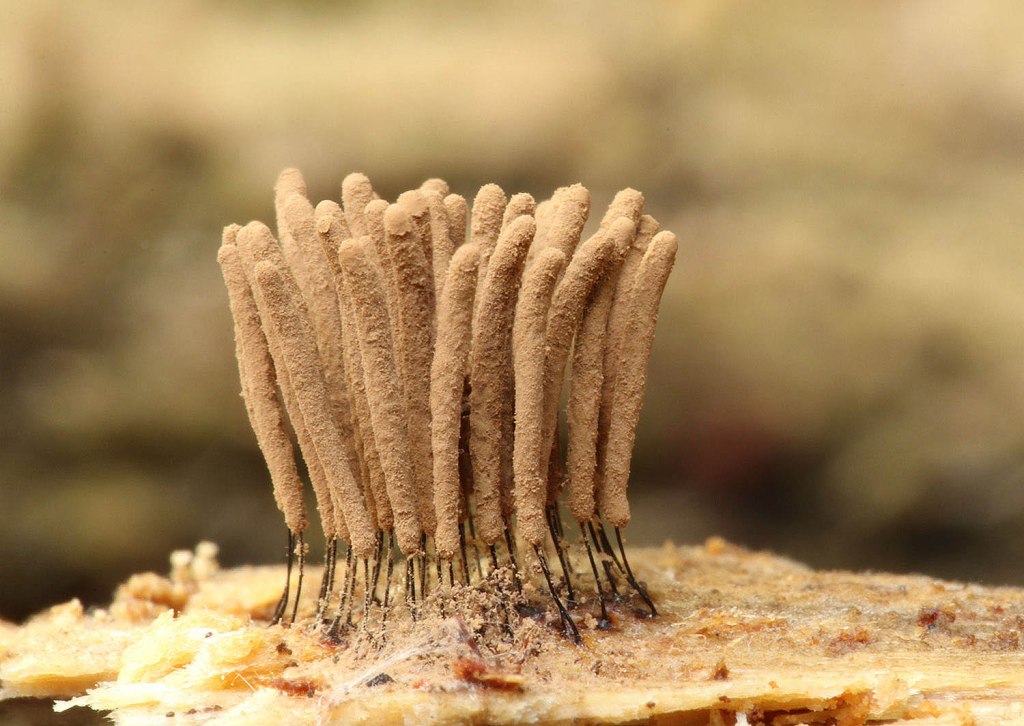
Very little rain fell in October, the log dried out and no more myxos were observed.
For more information about myxomycetes at Black Sugarloaf including ‘time lapse’ series of developing sporangia check: https://www.instagram.com/sarah.lloyd.tasmania/?hl=en


